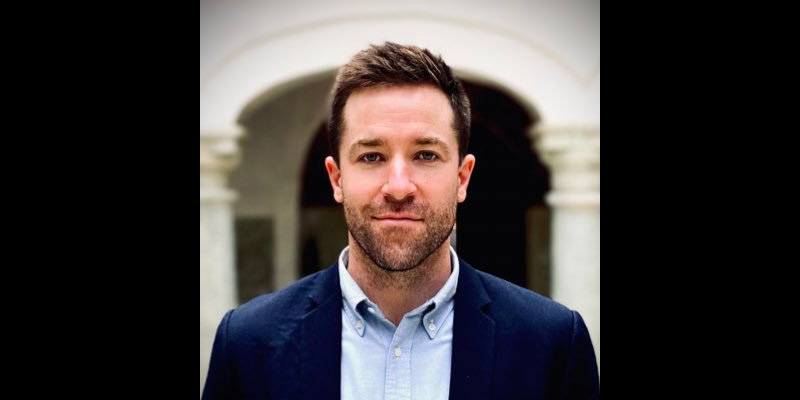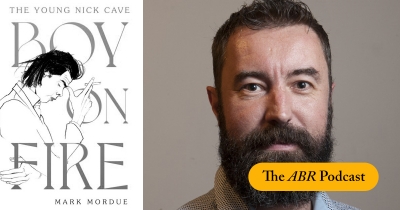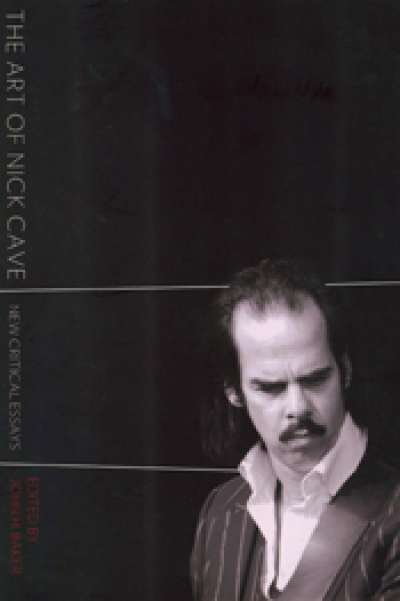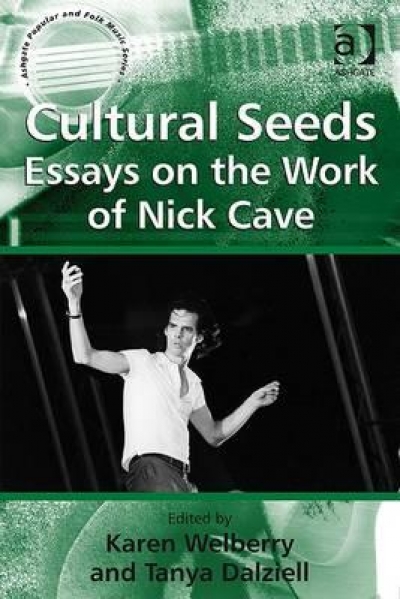Accessibility Tools
- Content scaling 100%
- Font size 100%
- Line height 100%
- Letter spacing 100%
Nick Cave
The ABR Podcast
Released every Thursday, the ABR podcast features our finest reviews, poetry, fiction, interviews, and commentary.
Subscribe via iTunes, Stitcher, Google, or Spotify, or search for ‘The ABR Podcast’ on your favourite podcast app.
The red thread: Xi Jinping’s ideology of power
by Neil Thomas
This week on The ABR Podcast, Neil Thomas reviews On Xi Jinping: How Xi’s Marxist Nationalism is shaping China and the world by Kevin Rudd. Thomas explains that even China watchers find it hard to be clear on the thoughts and plans of the leader of the Chinese Communist Party. They disagree, he tells us, on basic, critical questions, such as for how long Xi will rule. ‘Enter Kevin Rudd’, Thomas writes. ‘In his latest book, former prime minister Kevin Rudd adds a worthy new chapter to his life of public service, digesting thousands of pages of “Xi Jinping Thought” so that you do not have to’. Neil Thomas is a Fellow on Chinese Politics at Asia Society Policy Institute’s Center for China Analysis in Washington DC. Here is Neil Thomas with 'The red thread: Xi Jinping's ideology of power' by Neil Thomas, published in the December issue of ABR.
Recent episodes:
In today's episode of the ABR Podcast Tim Byrne discusses his review of Mark Mordue's new biography of Nick Cave with ABR Digital Editor Jack Callil.
Tim Byrne’s review of Boy on Fire appears in the January-February issue.
... (read more)The Film Scores of Nick Cave and Warren Ellis (Melbourne Symphony Orchestra)
Symphony orchestras around the world, presumably in order to mitigate financial pressures, have turned to Hollywood in the last few years, and Australia is hardly immune. At times it seems that one of our major orchestras is playing the score to another Harry Potter film every other week. There may have been an artistic case to make when ...
... (read more)‘A mutinous and ferocious grace: Nick Cave and trauma’s aftermath' by Felicity Plunkett
It begins with a projected haze of ocean horizon. In this blurry liminal space, silence is misted with anticipation, like the moment before an echo comes back empty, right across the sea. Then a close-up of multi-instrumentalist Warren Ellis’s hands unpicking tranquillity’s fabric, each piano note a loosened stitch ...
... (read more)







